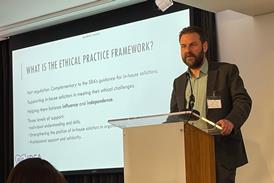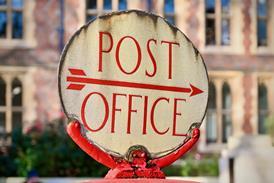I wrote a paper a year ago on behalf of the Legal IT Innovators Group (LITIG) about electronic file management for law firms. To produce it, I worked with Sam Suri of It Matters Consulting, LITIG members and a number of other contributors, and it was remarkably well received.
I put its reception down to getting something right about where the legal profession is right now in terms of technology - most lawyers are using more IT in the workplace, and electronic documents are ubiquitous. But the appropriate management of those documents is often some way behind their actual use or the needs of lawyers and law firms.
The original paper helped differentiate between backups, archives and forensic systems. It also summarised and commented on the most relevant legislation and guidance affecting law firms in this area. In short, it combined the majority of what you need to know when developing an information management strategy.
This month, LITIG released an updated and expanded version of the electronic file management guidelines, covering in greater detail the area of management of records as well as legislation that affects the storage of records for future retrieval and use in legal cases.
Using input from law firm IT departments, legal IT suppliers, consultants and government workers, we revised the paper to include even more useful guidance, including EU- and government-led initiatives and standards. The paper also reflects the most recent changes in the Law Society's e-mail guidelines, the Civil Procedure Rules, and references new case law.
The revised paper's release coincides with the launch of the Society's new Information Security Guidelines for Solicitors 2006. The two papers complement each other well. Of course, it can be said that the LITIG paper could be considered a sub-set of the whole information security arena and, as such, there is some overlap. But the LITIG guidelines go further in certain areas in terms of records management and legislation that affects storage of records, and provides a wealth of reference material for wider reading.
Anyone in the legal profession considering information management and security would be well advised to review both the Law Society's information security guidelines and LITIG's guidelines on managing electronic documents when planning an electronic document management and security policy and strategy.
Peter Owen is director of Lights-On Consulting and secretary of LITIG (www.litig.org)
Charity Explorer provides a reputable reference tool for solicitors, will-writers and their clients who want to leave a legacy or charitable gift.
Visit Charity Explorer
Whether you are looking for legal expert witnesses, legal training/CPD providers, international law firms, administration of estates, legal software suppliers, barristers chambers or any other general legal service, the Legal Services Directory will provide a suitable option.
Visit Legal Services Directory

























No comments yet